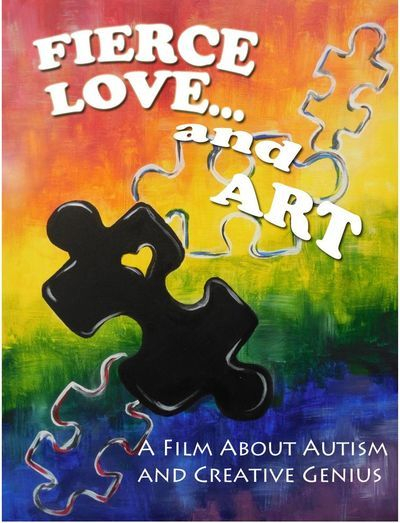Enjoy screens. Not too much. Mostly together.
/
You will be more effective as a parent, and have more fun as a family,
if you drop the guilt and embrace the good that screens have to offer,
while balancing media with other priorities.
When in doubt, try to use media as a means of connecting.
—Anya Kamenetz
The Art of Screen Time
Anya Kamenetz is a journalist who has been writing about schools, students, and families in the United States for more than a decade and is currently on the education team at National Public Radio. She’s particularly good at distilling vast amounts of cutting-edge academic research, evaluating it, and presenting the fine points in ways parents can use it to make everyday decisions for their families. Her new book, The Art of Screen Time: How Your Family Can Balance Digital Media and Real Life, is both an extremely practical guide for deciding the when, why, and how much of screen time for kids and a deep dive into the current state of research on the generation raised with tablets, smartphones, and 24/7 access to information and entertainment at their fingertips.
Kamenetz is a parent herself, with two young girls. One of the things that distinguishes Screen Time is that she frequently includes examples of her own family’s challenges and strategies for dealing with the digital world. And, no doubt as a result of her experience trying to juggle piles of information, she’s included a terrific little section at the end that boils down the takeaways of the book to a few pages of essentials. A few quick examples, which she elaborates on throughout the book:
- Media can have measurable positive effects on reading, school readiness, concentration, and learning.
- Habits are often set in the preschool years, which is when parents have the most control. But it’s never too late to have a positive influence.
- Different ages require different approaches.
- Parental rules and attitudes about technology make a measurable, positive difference through the teenage years and beyond.
- Screens and sleep don’t mix.
One of the clear conclusions is that much more research is needed and that absolutely critical questions related to the effects of screen time on anxiety and depression, learning difficulties, and violence are still hotly contested by scholars.
I highly recommend an interview Kamenetz did on the Tilt podcast in which many of the questions focused on digital media and kids with various learning challenges. Kamenetz spends significant time looking at how differently wired kids respond to digital media and how it affects social interaction, but it’s clear there are no certainties at this stage. “Even if the affinity some autistic people have for media doesn’t prove to be a smoking gun,” she says, “it is a prompt to consider how both our own and our kids’ screens might serve as either a barrier or a bridge to other human encounters.”
One of the ideas that made the most impact on me in reading Kamenetz’s research is the importance of separating screens and sleep. I’m not a good role model for my teen daughter on this count since I don’t currently follow the sensible rule of shutting down all screens an hour before bedtime. Her book is prompting me to look for ways of changing our family habits around bedtime as well as ways we can do more watching and discussing together, with the ultimate goal—as Kamenetz suggests—of raising kids who understand responsible media use in an atmosphere of trust, not surveillance.
I’m going to try to put into practice some other tips from The Art of Screen Time as well, and I really wish I’d had access to a book like this when my daughter was younger.
Throughout the book, Kamenetz uses the analogy of a healthy diet, with a nod to Michael Pollan’s famous adage, “Eat food. Not too much. Mostly plants.” It’s practically impossible and probably undesirable to raise kids who are entirely media-free in our culture, so the goal has to be raising them to make good choices. Her own adage is: Enjoy screens. Not too much. Mostly together.
My own advice: Get Kamenetz’s book from the library or bookstore and dip into it a chapter at a time, and you’ll learn a lot and find some seriously helpful advice plus a lot of new questions you might want to explore on your own. And at the very least, check out her final five-minute summary at the end, which includes some of most practical parenting tips I’ve read in months.
For her take on other critical issues in education, follow Kamenetz’s reporting at NPR and on Twitter or Facebook, and check out her other books on her website, which is all about the future of education. In other words: our future.
Here’s a long interview that delves into many of the book’s major themes and insights:
Shelley Sperry
Sperry Editorial


















